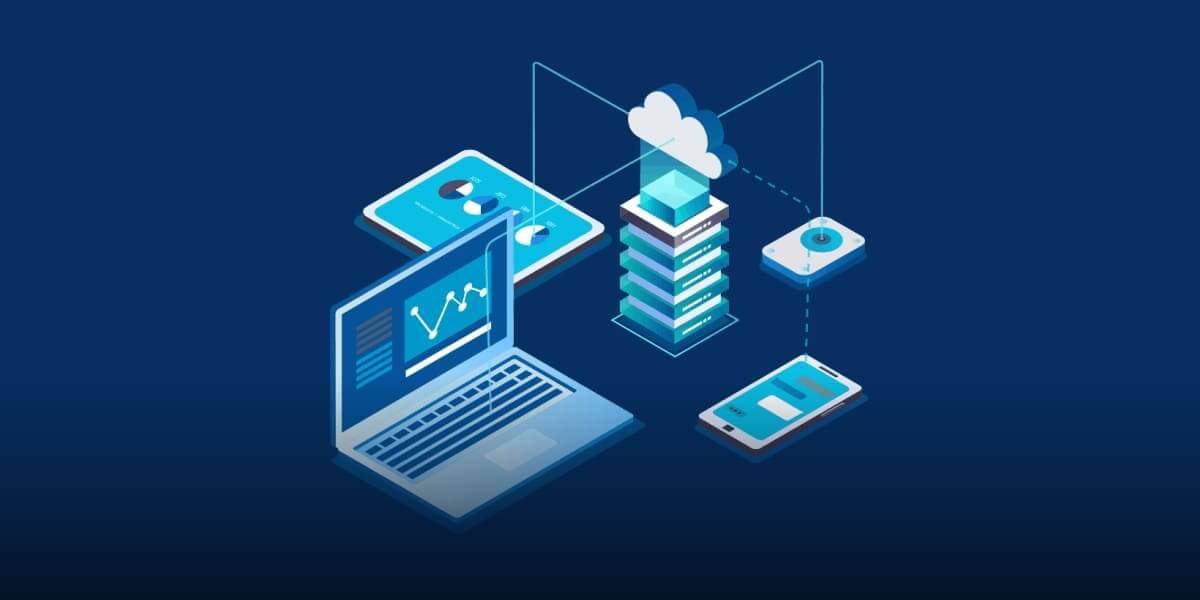
The Power of Real-Time Monitoring: Optimizing Building Performance
Introduction
Real-time monitoring of building performance has become increasingly crucial in today’s fast-paced world. This article delves into the definition, importance, and structure of real-time monitoring, providing insights into its historical background and key concepts.
Historical Background
The evolution of building performance monitoring has paved the way for real-time monitoring technologies. This section explores the progression and significance of real-time monitoring in enhancing building performance.
Key Concepts and Definitions
Building performance metrics and indicators play a vital role in assessing and improving a building’s efficiency. Discover the significance of real-time data acquisition and analysis, as well as the sensor technologies enabling seamless monitoring. Additionally, explore the integration of building systems and data management platforms for efficient performance tracking.
Main Discussion Points
Benefits of real-time monitoring of building performance
Real-time monitoring offers a multitude of benefits, including improved energy efficiency and cost savings. With real-time insights, building operators can optimize energy consumption, resulting in reduced utility expenses. Furthermore, enhanced occupant comfort and productivity can be achieved through proactive adjustments based on real-time data. Additionally, early detection of equipment failures and maintenance needs ensures minimal downtime and increased operational efficiency.
Real-time monitoring techniques and tools
Explore the world of Internet of Things (IoT) and wireless sensor networks, which form the foundation of real-time monitoring systems. These technologies enable the seamless collection and transmission of data for analysis. Data analytics and visualization platforms provide actionable insights through intuitive interfaces, empowering building operators to make informed decisions. Building automation systems and controls further enhance real-time monitoring capabilities by automating responses based on analyzed data.
Implementation challenges and considerations
While real-time monitoring offers immense benefits, it also presents challenges. The cost and complexity of sensor deployment can be a barrier to implementation. Addressing data privacy and security concerns is crucial to ensure the integrity and confidentiality of collected data. Furthermore, integration with existing building systems and infrastructure may require careful planning and coordination to ensure compatibility and effectiveness.
Case Studies or Examples
Real-world examples showcasing successful implementation of real-time monitoring systems highlight the tangible benefits and outcomes. Dive into case studies that demonstrate significant energy savings and performance improvements resulting from real-time monitoring, providing practical insights and inspiration.
Current Trends or Developments
Discover the latest advances in sensor technologies and data analytics that are driving the evolution of real-time monitoring. Explore the integration of building performance monitoring with smart city initiatives, fostering sustainable and efficient urban environments. Furthermore, explore the transformative potential of machine learning and artificial intelligence in predictive analysis, enabling proactive decision-making based on real-time data.
Challenges or Controversies
As with any technological advancement, real-time monitoring presents challenges and controversies. Privacy concerns surrounding data collection and monitoring must be addressed to build trust and ensure compliance with regulations. Additionally, the lack of standardized protocols and interoperability between systems poses a barrier to seamless integration and efficient data exchange. Overcoming resistance to change from building owners and operators is essential for widespread adoption of real-time monitoring technologies.
Future Outlook
Real-time monitoring technologies hold immense potential for widespread adoption. The integration of building performance monitoring with renewable energy systems promises a sustainable future. By harnessing real-time data, buildings can contribute to achieving sustainability goals and reducing carbon footprints. The role of real-time monitoring in optimizing building performance and driving sustainable practices is pivotal in shaping the future of the built environment.
Conclusion
In conclusion, real-time monitoring of building performance has emerged as a game-changer in the quest for energy efficiency, cost savings, and occupant comfort. By leveraging advanced technologies and data analytics, building operators can proactively optimize performance and enhance sustainability. The importance of real-time monitoring cannot be underestimated in today’s rapidly evolving world.